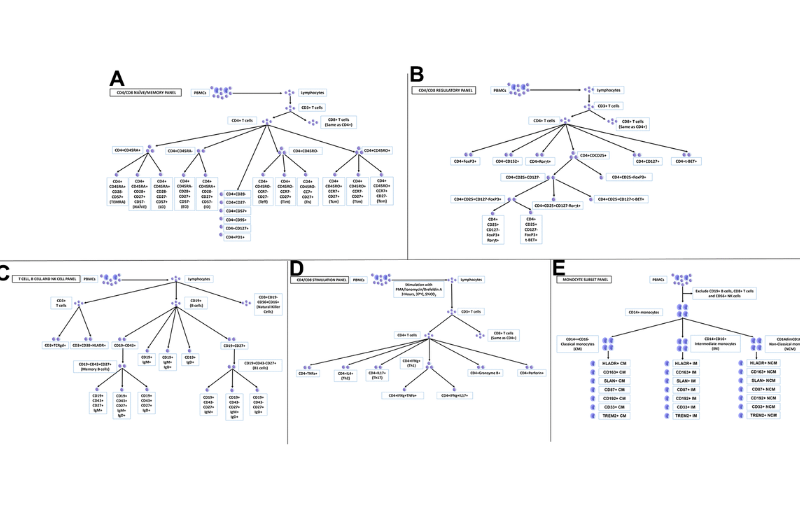PRESS RELEASE: A new research paper was published in Aging’s Volume 15, Issue 10, entitled, “DNAmFitAge: biological age indicator incorporating physical fitness.”
Aging (Aging-US) Authors
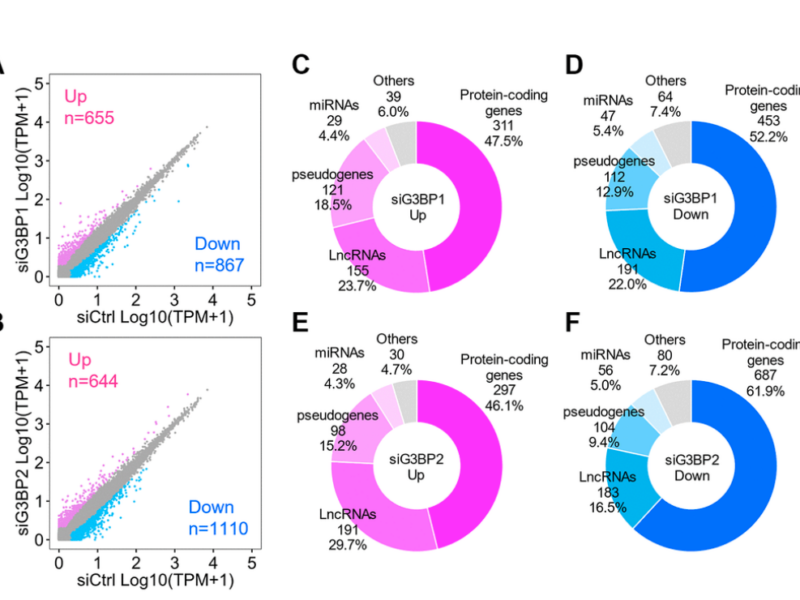
PRESS RELEASE: A new research paper was published on the cover of Aging’s Volume 15, Issue 10, entitled, “Stress granules sequester Alzheimer’s disease-associated gene transcripts and regulate disease-related neuronal proteostasis.”
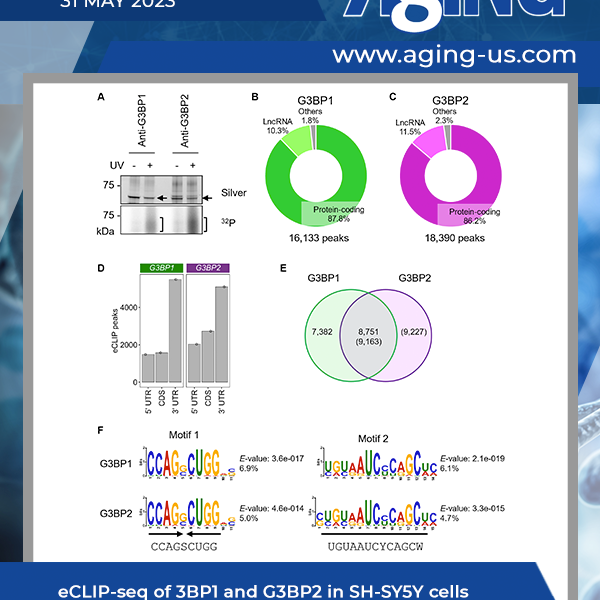
Environmental and physiological stresses can accelerate Alzheimer’s disease (AD) pathogenesis. Under stress, a cytoplasmic membraneless structure termed a stress granule (SG) is formed and is associated with various neurodegenerative disorders, including AD…
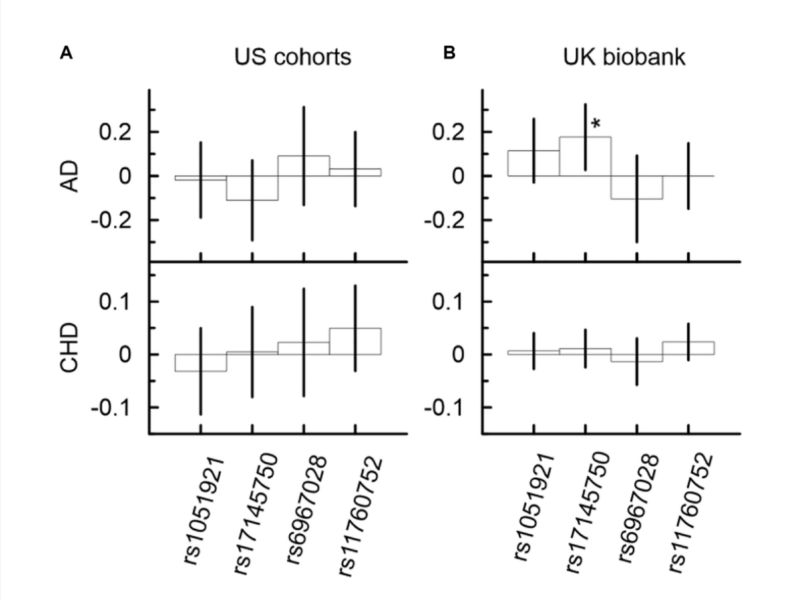
PRESS RELEASE: A new research paper was published in Aging’s Volume 15, Issue 9, entitled, “Exogenous exposures shape genetic predisposition to lipids, Alzheimer’s, and coronary heart disease in the MLXIPL gene locus.”

PRESS RELEASE: A new research paper was published in Aging’s Volume 15, Issue 9, entitled, “Highly multiplexed immune profiling throughout adulthood reveals kinetics of lymphocyte infiltration in the aging mouse prostate.”

Dean Bunnell, PhD candidate from the University of Alabama, describes a research paper he co-authored that was published by Aging (Aging-US), entitled, “RNA virus-mediated changes in organismal oxygen consumption rate in young and old Drosophila melanogaster males.”
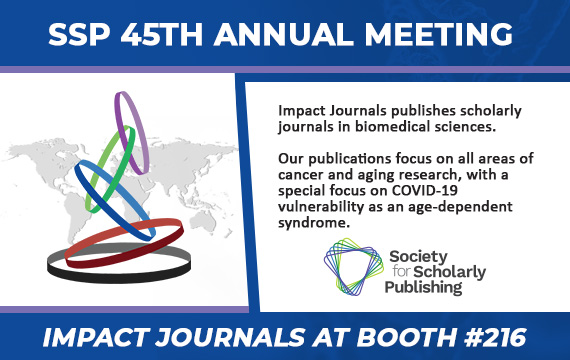
Impact Journals (Aging’s publisher) is proud to participate at the Society for Scholarly Publishing (SSP) 45th Annual Meeting, which convenes May 31–June 2, 2023, in Portland, Oregon.
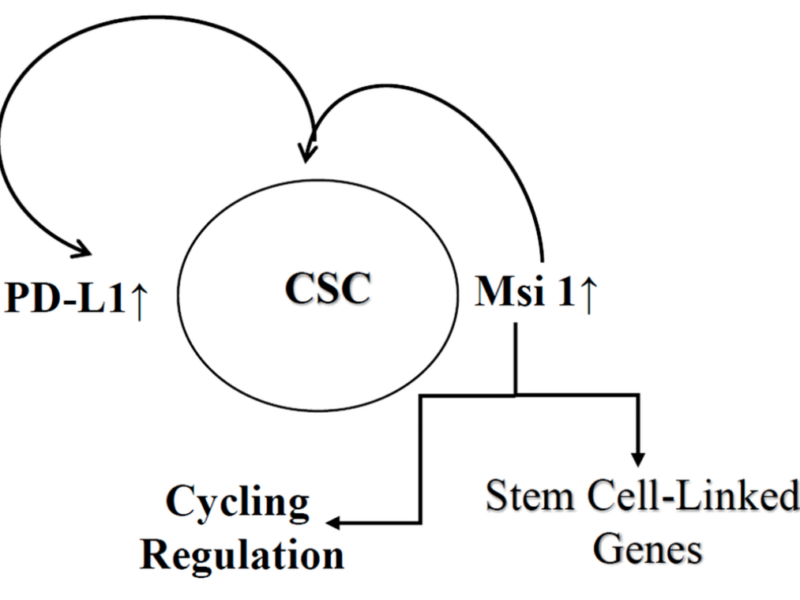
PRESS RELEASE: A new research paper was published in Aging’s Volume 15, Issue 9, entitled, “Increased expression of musashi 1 on breast cancer cells has implication to understand dormancy and survival in bone marrow.”


